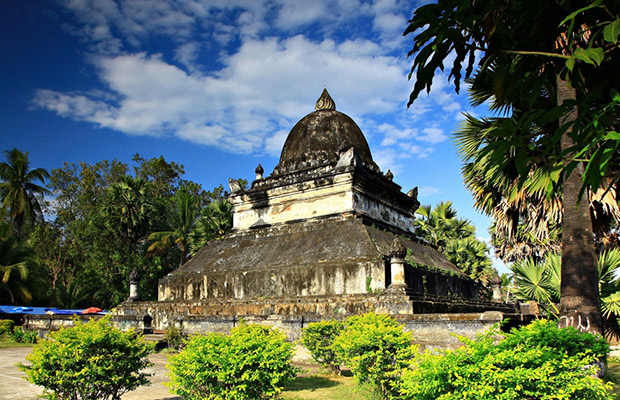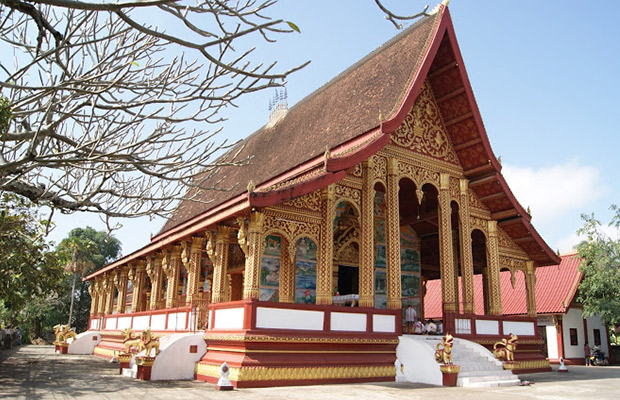Wat Wisunarat (Wat Visoun)
Wat Wisunarat (Wat Visoun)
Laos
Luang Prabang
Luang Prabang Travel Guide
Book Tour & Activities
Your tour in Luang Prabang.
Book your stay
Your hotel in Luang Prabang.
Overview
Though touted as one of Luang Prabang's oldest operating temples, it's actually an 1898 reconstruction built following the Black Flag raids. Peruse a sizeable collection of old gilded 'Calling for Rain' Buddhas with long sinuous arms held to each side. These were placed here, along with some medieval ordination stones, for their protection, having been rescued from various abandoned or ravaged temples.
Wat Wisunarat dates back to 1513 and named after King Wisunarat (Visoun), who ruled Laos from 1501 until 1520. It’s the oldest Buddhist temple in Luang Prabang and served as the city’s Museum of Religious Arts. You can see religious artefacts and precious items related to Buddhism and the royal family.
The temple is home to a small selection of richly gilded Buddha statues and ancient stones dating back to the 15th century. The stones were donated by Prince Phetsarat following the Black Haw bandit invasion.
The Haw left with most of the priceless Buddha images by breaking open the stupa. These images are made from jade, gold and precious gems. Wat Wisunarat was home to the revered Pha Bang Buddha from 1507 to 1715, before it was relocated to the Royal Palace Museum.
Wat Wisunarat features traditional Lao architecture – a unique landmark here is its unusually shaped stupa designed by the wife of King Wisunarat. While it’s supposed to resemble a lotus flower, locals often call refer to it as the ‘watermelon stupa’. Another distinguishing highlight is the European-style roof, which slopes in a manner not usually seen in Laos.
When visiting Wat Wisunarat, wear clothes covering your shoulders and legs. Avoid touching any of the relics unless you are invited to do so. A respectful silence should be maintained throughout your visit.
History
Wat Wisunalat (built 1512 or 1513, 1896-98)
Wat Wisunalat (Vixoun, Visounnarath, Vixunhalat, Wisunarat) was originally built during the reign of King Wisunarat (or Vixoun, 1501-1520) in 1513 (some suggest 1512) and represents the earliest style, sometimes referred to as Luang Prabang Style I, of Lao temple architecture. This style also includes the sims of Wat That Luang and Wat Mai. Wat Wisunalat is Luang Prabang's oldest operating temple. As with the sims of most Lao wats, there are multiple roof structures. In the Style I form the first and second roofs extend around the entire perimeter of the structure. Except for the sim at Wat Mai, which was embellished by two additional gable roofs and two roofed side galleries, the style evokes simplicity, since the sim employs neither the high peaks of the gable nor the dramatic low sweeping roofs of many of the other sims of Luang Prabang. Located and adjoining Wat Aham to the southeast, it was probably built on the rice fields of the guardian spirits of the city (devata luang), Pu No and Na No (Phou Nheu and Nha Nheu). The sacred Prabang image was housed in the sim from 1513 until it was taken to Vientiane in 1707.
The original highly ornate wooden sim was a spectacular example of Lao craftsmanship at its finest and was one of the most imposing religious structures of old Luang Prabang. It had a double roof with the upper roof raised high above the lower roof. It was over 118 ft. (36m) long and 59 ft. (18m) wide; perhaps 4,000 trees were used in its construction. Each of the twelve pillars supporting the roof was almost 100 ft. (30 meters) high. There were twenty-one windows with turned wooden balustrades. Louis Delaporte's engraving of its appearance in the 1860s is included in the series of photographs that follow on this site and shows the unique character of the sim. Most of the partitions of the original building were carved wood, and the exterior, as portrayed in the engraving, made it one of the most beautiful in Luang Prabang. It also housed a major collection of rich religious objects and other objects d'art. Much of the sim and the city were destroyed during the invasion of the Chinese Haw Black Flags marauders in 1887.
The sim was rebuilt between 1896 and 1898 and during the reign of King Sakkarin Kamsuk (r. 1894-1903). The style was somewhat to the old sim with its numerous massive wooden beams, window placement and style of the roof, albeit the major part of the structure was brick and plaster in place of the wood. The window balustrades attempt to capture the flavor of the older turned wooden balustrades of the original sim. The sim today continues its existence as a valuable of museum religious art with numerous centuries old Buddha statues in bronze and gilded and unadorned wood, ordination precinct stones and other religious objects.
Another important and prominent feature of the wat is its unique That Pathoum, or Stupa of the Great Lotus, in the front and northeastern side of the sim. It is known more popularly as That Makmo, the "Watermelon Stupa" because of its rounded dome. The dome stylistically reflects a Sinhalese influence and is the only stupa of such a shape in Laos, and perhaps even in Cambodia or Vietnam. Originally erected between 1514 and 1515, it was destroyed during the Haw Black Flag incursion in 1887. Inside were numerous ancient Buddha images. Many were destroyed; a number are in the National Palace Museum, and some are in the sim itself. Its reconstruction was not seriously undertaken until the late 1920s, over thirty years after the reconstruction of the sim, and was completed in 1932. The stupa sets on a number of different square tiers and has a Lao-Buddhist style Usnisa crown at its top.
Wat Wisunarat (Wat Visoun)
- Location: Wisunarat Road, Luang Prabang, Laos
- Open: Daily from 6am to 6pm
Video Travel Inspiration
See Wat Wisunarat (Wat Visoun) on Map
Most Popular Cities

Siem Reap
Cambodia
Ho Chi Minh City
Vietnam
Beijing
China
Paris
France
London
United Kingdom
New York
USA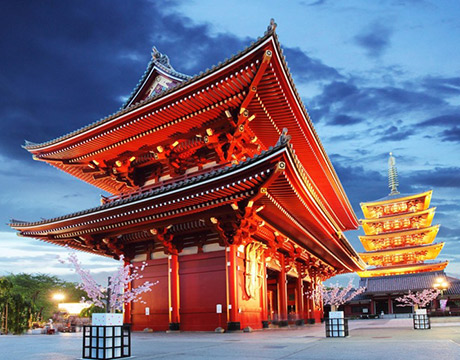
Tokyo
Japan
Bangkok
Thailand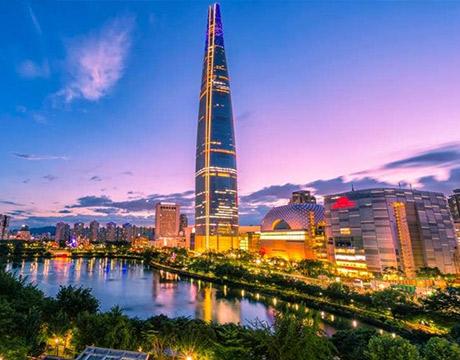
Seoul
South Korea
Vientiane
Laos
Yangon
Myanmar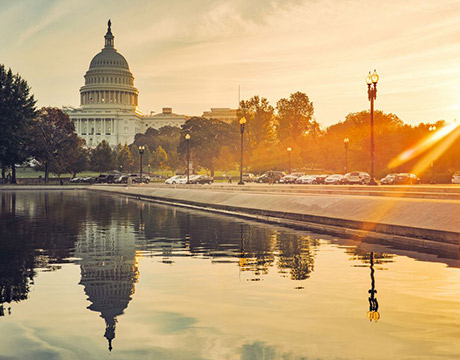
Washington DC
USA
Los Angeles
USA
Ottawa
Canada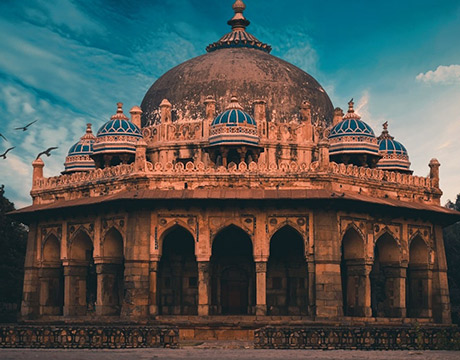
New Delhi
India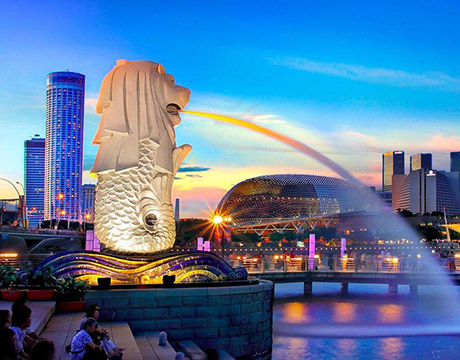
Singapore
Singapore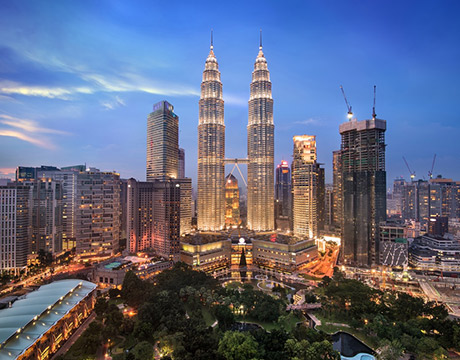
Kuala Lumpur
Malaysia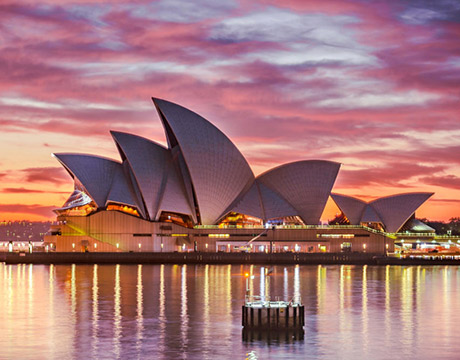
 English
English French
French Khmer
Khmer Thai
Thai Vietnamese
Vietnamese Chinese
Chinese Korean
Korean German
German Japanese
Japanese Italian
Italian Russian
Russian Spanish
Spanish Dutch
Dutch Indonesian
Indonesian Malay
Malay
